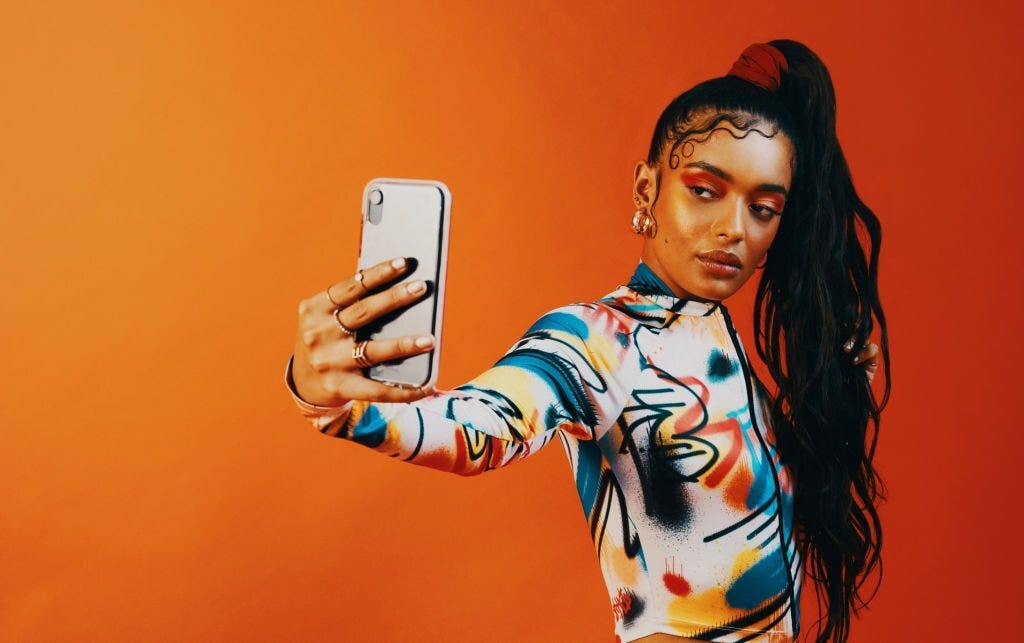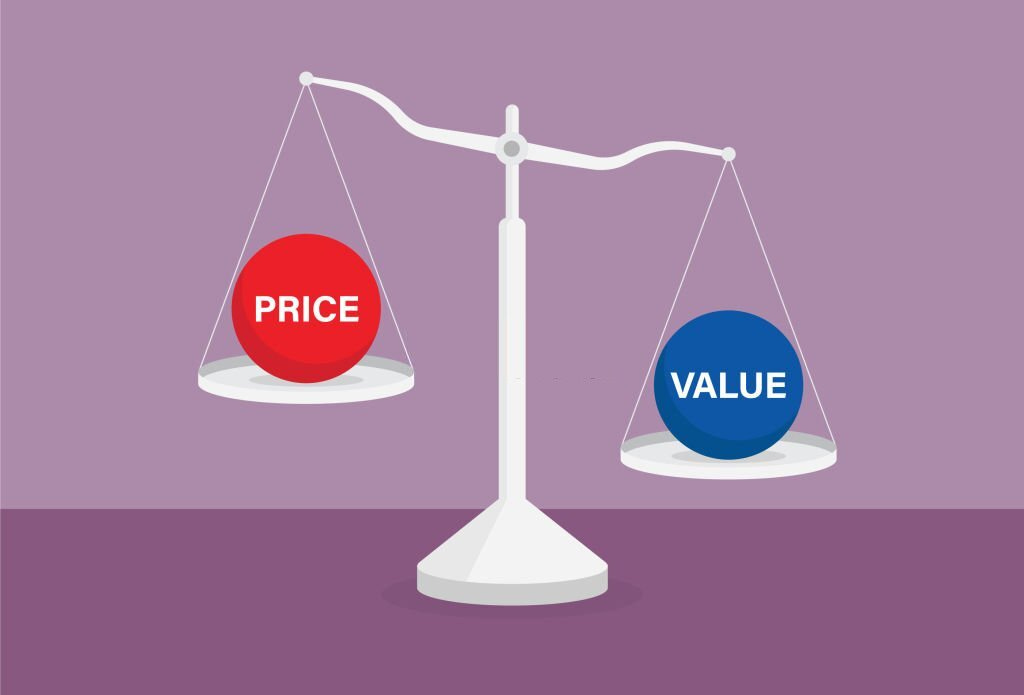How to price your services as a content creator
Five pricing tips for digital content creators
As a content creator, asking for payment is your job. Many brands don't feel obligated or incentivized to pay you for your work.
Often, they'd prefer you work on campaigns in exchange for:
Products
Event tickets
Food vouchers
Other non-monetary rewards
Impostor syndrome is what stops creators from asking for money. You're worried about:
This being your first campaign
Other creators on the campaign not getting paid
The brand not working with you in the future
So you settle for products or a tag on social media.
But brands always have budgets for content creation campaigns. If they're willing to fly, drive, accommodate, or gift you, it means they've set aside money for all that stuff.
This means you can always ask for a cash payment.
How to respond to campaign briefs from brands
Your journey to getting paid starts the moment you receive an email or DM from a brand. Many creators bungle this part and shortchange themselves.
Here's an example of a brand reaching out:
Hi [creator]!
We'd love to work with you on our next campaign to promote [product].
We'll cover transport costs and give you [product/voucher] in exchange for three social posts.
Please find attached the brief — let us know if you're keen!
Regards,
[Brand]
If you simply say "Sure, I'd love to!" — that ends any conversation about money.
You'll miss out on the opportunity to negotiate payment for your hard work.
Always negotiate — regardless of what they offer you at first.
Here's a better response:
Hi [brand],
Thanks for thinking of me for your campaign!
Based on your brief, my fee for this campaign would be $[x].
This covers my time, effort, and resourcing fees.
Let me know if this works for you and we can proceed with the contract.
Best,
[name, title, website]
Let's break down that response:
Acknowledging interest
Showing you read the brief
Showing your craft costs money
Protecting both parties with a contract
Displaying brand assets such as a website
After sending an email clearly stating your fees, one of three things will happen:
They'll decline — you don't lose.
They'll negotiate — you win.
They'll accept — you win.
You'll either save time and money or get paid what you're worth. Win-win.
Asking for money is ballsy, and brands respect content creators who respect their craft. Not being a pushover sets the right tone from the start.
You'll often discover you were the only one on the campaign who got paid. Others didn't get paid because they didn't ask. 🤷🏽♂️
Invest in brand assets
When you invest in brand assets, you earn the right to demand more money for your work.
It's the same way you pay more for branded wines, shoes, cars, and watches.
Everything from the logo to the ads and the product quality shows that serious effort went into it — and that it's worth the price.
This is why adding your website, portfolio, or social media links at the end of business emails is crucial.
Linking to your website is a form of signaling. It takes effort to build a website, put together a portfolio, and design a rate card.
A website signals to brands that you take your brand seriously, so they must do the same.
You're saying: "I'm not just some random content creator on Instagram. I respect and invest in my craft."
You don't need a fancy website, either. A simple carrd website will do. All it needs is:
Your name and bio
Contact details
Previous work
Rates
Boom — you're already more professional than 99% of other content creators.

Pricing strategy: 5 pricing tips for content creators
Charging for content is challenging for most content creators.
There’s an art to charging enough to cover your costs and turn a profit without pricing yourself out of the market.
Here are five ways to determine the best pricing for your product or service:
Historical rates
Expertise
Audience size
Cost of creation
Financial value to the brand
#1 Historical rates
What have other creators charged for similar jobs?
What have you previously charged for similar content?
If you’ve gained consistent gigs at a certain price point, increase your fee slightly and see if demand holds.
When you hit a ceiling, don’t rush to lower your prices. That should be your last resort.
Instead, rebalance the amount of value you’re providing for the same price and repeat the cycle.
For example, say you’ve historically charged a grand per post. Over time, you raise your prices to two grand per post.
Then, you notice brands balking at that package.
Instead of lowering your rates, offer two posts for two grand. Throw in a Reel to sweeten the deal if they hesitate still.
Once they accept that package, that becomes your new standard.
Brands don’t mind paying your fee as long as the value matches the price. Keep swinging upwards.

#2 Expertise
The more experienced you are, the more you earn. You also face less competition, which increases your pricing power.
To take advantage of this, either niche down into a category or combine your interests and create an entirely new category.
For example, if you like fashion and travel, you can be a fashion content creator or a travel content creator.
Fashion content creators would appeal to retail and luxury fashion brands. Travel content creators would appeal to airlines, travel agencies, and hospitality venues like hotels and lodges.
But you can also be a travel stylist, creating content around the best outfits to wear on different trips.
In that case, your main clients would be brands that sell luxury travel goods like luggage bags and travel kits. By combining your interests, you unlock a new category of brand collaborations.

#3 Audience size
While quality beats quantity in most cases, numbers still matter.
If you’re a nano-influencer with 2,000 engaged followers, you can charge fifty cents per person. That’s a grand per post.
As you do more campaigns and gain more engagement and experience, each follower becomes worth more.
#4 Cost of creation
Your craft costs money. This includes flights, transport, accommodation, photographers, videographers, and editors.
Factor these costs into your invoice. Include tax and your desired profit.
#5 Financial value to the brand
If you’re promoting a product worth five grand, what happens if just three of your 1,000 followers buy it?
Now, based on your audience and the content you’ll create, how many sales could you realistically deliver to the brand?
Charge accordingly.
Consider adding a ‘value gap,’ too:

Your pricing power is directly correlated to how much brands trust you to deliver.
If you "never miss" when it comes to delivery, you can charge more and demand it all upfront — and brands will pay your fee gladly.
Always go the extra mile.
— Mo
(This article was reposted from my blog.)






So when you invoice lets say you charged R800 per post but you got a videographer for and photographer for R800 do you charge both fees to say the first R800 is fo your time effort and work and then the other is for cost of creation?